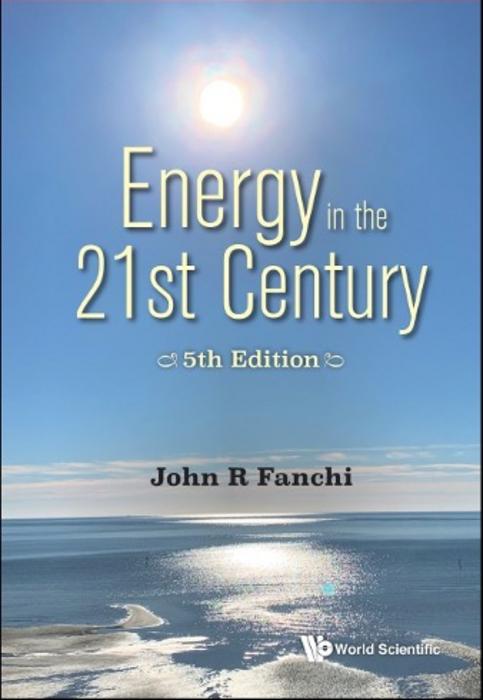Energy in the 21st Century is a valuable source of information for students, decision makers, opinion leaders, and the general public. Oil and natural gas price volatility continue to affect both the supply and demand for energy. Advances in other technologies, such as nuclear, wind, solar, and tidal technology, are altering the comparative economics of competing energy sources. New government policies are changing the landscape of the global energy marketplace. The fifth edition updates data and includes discussion of recent advances.

Credit: World Scientific
Energy in the 21st Century is a valuable source of information for students, decision makers, opinion leaders, and the general public. Oil and natural gas price volatility continue to affect both the supply and demand for energy. Advances in other technologies, such as nuclear, wind, solar, and tidal technology, are altering the comparative economics of competing energy sources. New government policies are changing the landscape of the global energy marketplace. The fifth edition updates data and includes discussion of recent advances.
Some highlights of the fifth edition include an expanded discussion of climate change and anthropogenic climate change; the COP21 Paris Agreement on Climate Change; discussion of lessons learned from the 2020 Russian invasion of Ukraine; introduction to small-scale, modular nuclear fission reactors; updates on the status of nuclear fusion reactor prototypes; advances in solar power plants and transparent photovoltaic cells; improvements in large-scale wind power; tidal and wave energy converters; oil from algae; the EU Supergrid; the transition to electric vehicles and its impact on demand for oil; and updating the Goldilocks Policy forecast.
Many lessons have been learned from recent events that provide insight into key energy topics, such as the timing of the energy transition and the importance of a reliable energy portfolio to national security.
Energy in the 21st Century has been used as the text for an introductory energy course for the general college student population. It has also been used to provide an overview of energy topics for MBA students. The book includes learning objectives at the beginning of each chapter, end of chapter activities, a comprehensive index, a glossary, and an Appendix to help with converting units. ‘Points to Ponder’ are provided throughout the text. They are designed to encourage the reader to consider the material from different perspectives.
Energy in the 21st Century, 5th Edition retails for US$68 / £60 (paperback) and US$128 / £115 (hardcover) and is also available in electronic formats. To order or know more about the book, visit http://www.worldscientific.com/worldscibooks/10.1142/13392.
###
About the Author
John R. Fanchi has a Ph.D. in physics from the University of Houston and is the author of a variety of books in the areas of physics, earth science, mathematics, and engineering. He has worked in the energy industry, and has taught courses in energy, engineering, and physics.
About World Scientific Publishing Co.
World Scientific Publishing is a leading international independent publisher of books and journals for the scholarly, research and professional communities. World Scientific collaborates with prestigious organisations like the Nobel Foundation and US National Academies Press to bring high quality academic and professional content to researchers and academics worldwide. The company publishes about 600 books and over 160 journals in various fields annually. To find out more about World Scientific, please visit www.worldscientific.com.
For more information, contact WSPC Communications at [email protected].
DOI
10.1142/13392




